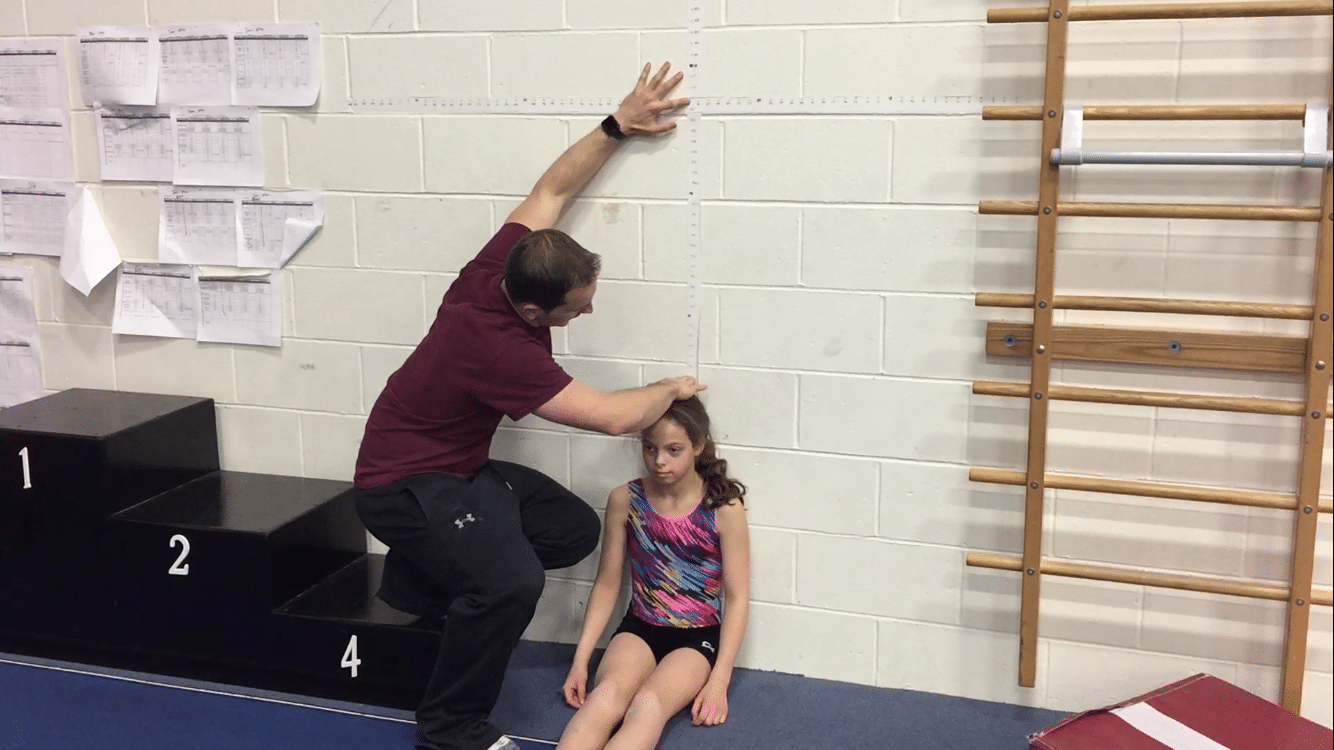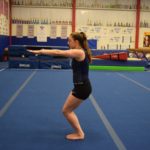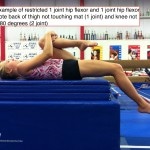How To Track Growth and Development In Youth Athletes
Tracking growth and development is something that I have written about before. I think that regularly tracking growth from a young age, as well as monitoring other aspects to athletes (resting heart rate / heart rate variability, perceived fatigue, sleep, movement screening, etc), is essential for coaches or healthcare providers involved in youth sports.
If you wan to download my guide on how to track and screen this, as well as all my thoughts on gymnastics pre-hab, you can download it here for free.
Download SHIFT's Free Gymnastics Pre-Hab Guide
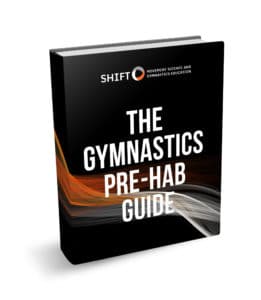
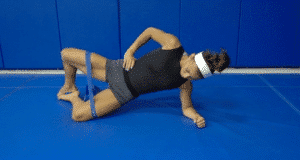
Table of Contents
Daily soft tissue and activation exercises
Specific 2x/week Circuits for Male and Female Gymnasts
Descriptions, Exercise Videos, and Downloadable Checklists

Both from a injury prevention and performance optimization point of view, understanding times of rapid growth or detecting peak height velocity can be very beneficial. Here is a 3 minute video where I go over how I track growth with our gymnasts.
I would strongly suggest that coaches and athletes work together for some sort of a system that best fits their gym. Unfortunately, I can’t offer someone a certain number of inches per month they should start to be concerned about. Personally, if they jump inches over a few months and as a coach I notice them struggling I start to get more concerned ask the athlete questions about their growth. Within the article I linked above, you can find more about “peak height velocity” age ranges.
You may have noticed that I didn’t mention anything in relation to tracking weight or other body specific dimensions (waist, thigh/arm circumference). I personally do not believe in using weight or circumference as a marker of tracking for athletes. In a young, developing, aesthetically based sport I think this leads to more harm than good for healthy coach-athlete relationships and athletes with negative body images. This is especially true in a female population growing up in modern day society that unfortunately focuses too much on weight. I fear way too much risk comes with some of these athlete monitoring methods I hear about. This is especially true in relation to developing harmful dietary habits, risking female athlete triad / inadequate energy storage, and overall declines in performance.
Myself and the other coaches at our facility frame athlete monitoring/development tracking and teaching sound nutritional strategies solely as a means to increase performance, teach healthy lifestyles, and promote wellness. As a coaching staff we hope to encourage positive outlooks to training and body image, as well as give our athletes tools of well being to take with them through their entire career and life. I personally believe this can be done through positive athlete education based on the best available science, not by looking at numbers on a scale or measuring body dimensions. If a gymnast choses to track weight on her own, that is his or her decision to do privately. In relation to measuring development, I hope this was helpful and that people consider starting to add this as regular practice in their gyms! Take care,
Dr. Dave Tilley DPT, SCS

